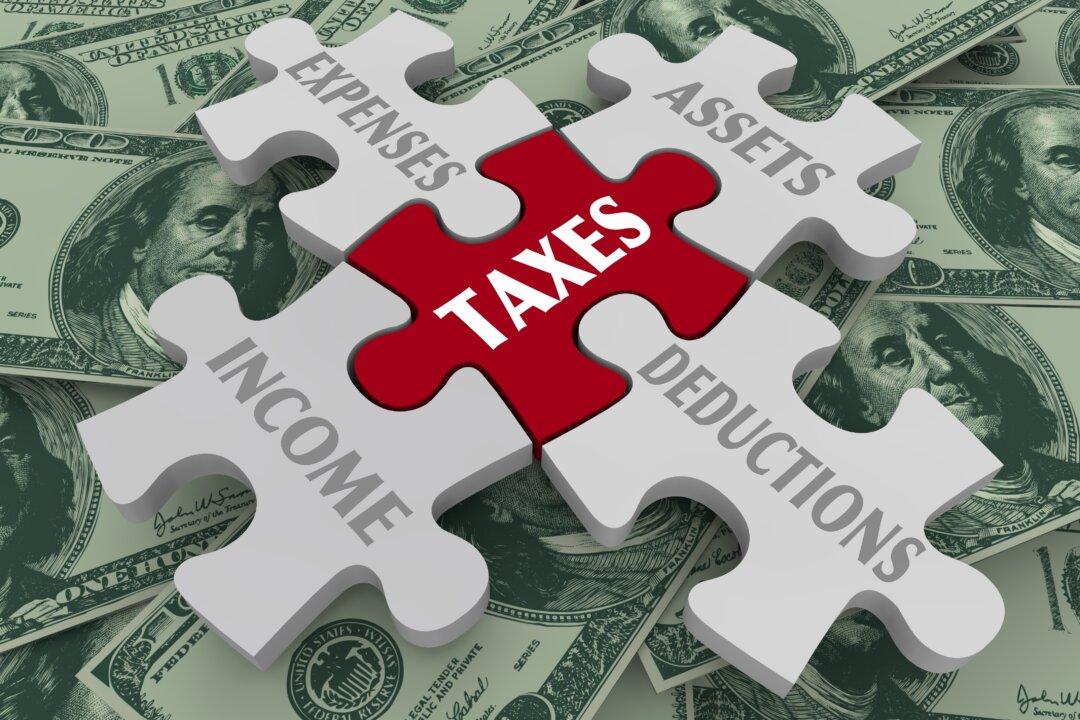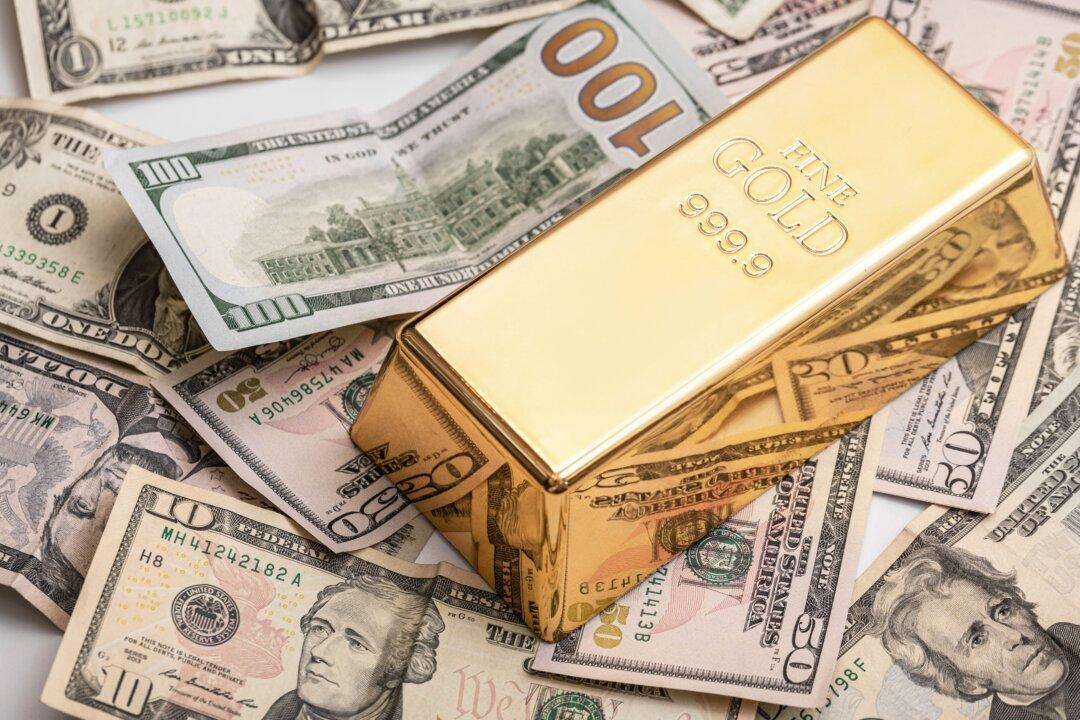From a purely investing perspective, the precious metal had an impressive performance in 2024. The price of gold rose by 25.5 percent over the course of the year. This was driven by strong central bank buying, heightened geopolitical uncertainty, and market volatility. Gold reached 40 new all-time highs during the year, with an average price of $2,386 per ounce.
Gold has continued its strong performance in 2025, repeatedly hitting record highs.
Why is gold soaring? Are there broad economic concerns about this trend? And what should be your response and investing attitude toward gold?
Investors: Individuals and Institutions
Investing in gold as a hedge against inflation and economic uncertainty is picking up steam, given that the United States is struggling to reach a Federal Reserve-targeted inflation rate of 2 percent.Inflation means currency is devalued, and investment in precious metals such as gold is a way to hedge against further erosion.
Hedge funds and exchange-traded funds (ETFs) often include gold in their portfolios for diversification. It’s a classic strategy to mitigate risk and diversify assets.
Gold is often seen as a “safe haven” investment, meaning it tends to retain value or even appreciate during economic downturns or market volatility. This is because it has intrinsic value and is not directly tied to the performance of the stock market or currency values.
For hedge funds, gold can act as a hedge against inflation and currency fluctuations. It provides a level of security in turbulent economic times. Meanwhile, ETFs that include gold give investors easy access to this precious metal without the need to physically own it. Gold ETFs typically track the price of gold and can be traded on stock exchanges just like shares.
Central Banks
Gold helps diversify a central bank’s reserves, reducing reliance on any single asset or currency. Unlike paper money, gold can’t simply be printed, and its limited supply helps keep its value stable.Gold provides security and liquidity for central banks, especially during times of economic uncertainty. Gold operates outside the traditional banking system, making it immune to financial sanctions or asset freezes that could affect foreign currency holdings.
- National Bank of Poland: Added 90 tons of gold in 2024. It plans to increase its gold holdings to 20 percent of its reserves.
- Central Bank of Turkey: Purchased 74.8 tons of gold last year.
- Reserve Bank of India: Added 73 tons to its gold reserves in 2024.
- People’s Bank of China: Continued its gold buying momentum, adding over 100 tons in late 2024.
Russia
Russia has been accumulating gold bullion to help it avoid Western sanctions linked to its war in Ukraine. Gold is harder to freeze in terms of movement and financial transactions than liquid assets such as currencies.Nations Buying the Most Gold
India and China have accounted for more than half of global consumer demand for gold in recent years, according to the World Gold Council.In 2024, demand for gold bars and coins in India and China stayed strong, while the United States was third in consumer gold consumption.
Gold investment demand grew particularly across Southeast Asian markets including Singapore, Indonesia, Malaysia, and Thailand, all of which reported double-digit increases year on year.
Meanwhile, as the price of gold rose, gold jewelry consumption fell, reflecting pressure from higher prices. Regardless, spending on gold jewelry jumped 9 percent to $144 billion.
Should You Add Gold to Your Investment Portfolio?
Given the variety of gold purchasers (individual investors, hedge funds, central banks, and sovereign nations) along with the many reasons to buy gold (inflation, geo-political tension, currency degradation, national debt, and the need to diversify), the case for adding some gold to your portfolio is strong.However, it’s best to also consider the risks before jumping in.
Gold prices can be quite volatile, driven by both global events and investor sentiment.
Additionally, investing in gold means locking up funds that could potentially earn higher returns in other assets such as stocks or real estate.
Unlike stocks, gold doesn’t generate dividends or interest. And, if you buy physical gold, you'll need to consider storage and insurance costs.
Looking Ahead
Experts are predicting a bullish outlook for gold in 2025. Here are some key forecasts:- Citi expects gold prices to reach around $3,000 per ounce within three months.
- Goldman Sachs on Monday raised its year-end 2025 gold forecast to $3,100 per ounce, up from $2,890.
- InvestingHaven forecasts gold prices approaching $3,265 per ounce in 2025 and $3,805 in 2026, approaching $5,155 by 2030.
- JP Morgan estimates gold prices could reach $3,019 per ounce by the end of 2025 and approach $5,000 per ounce by 2030.
However, forecasts are largely tied to recent history. Results this year may vary considerably if unexpected global events surprise central banks, nations, and investors alike.








